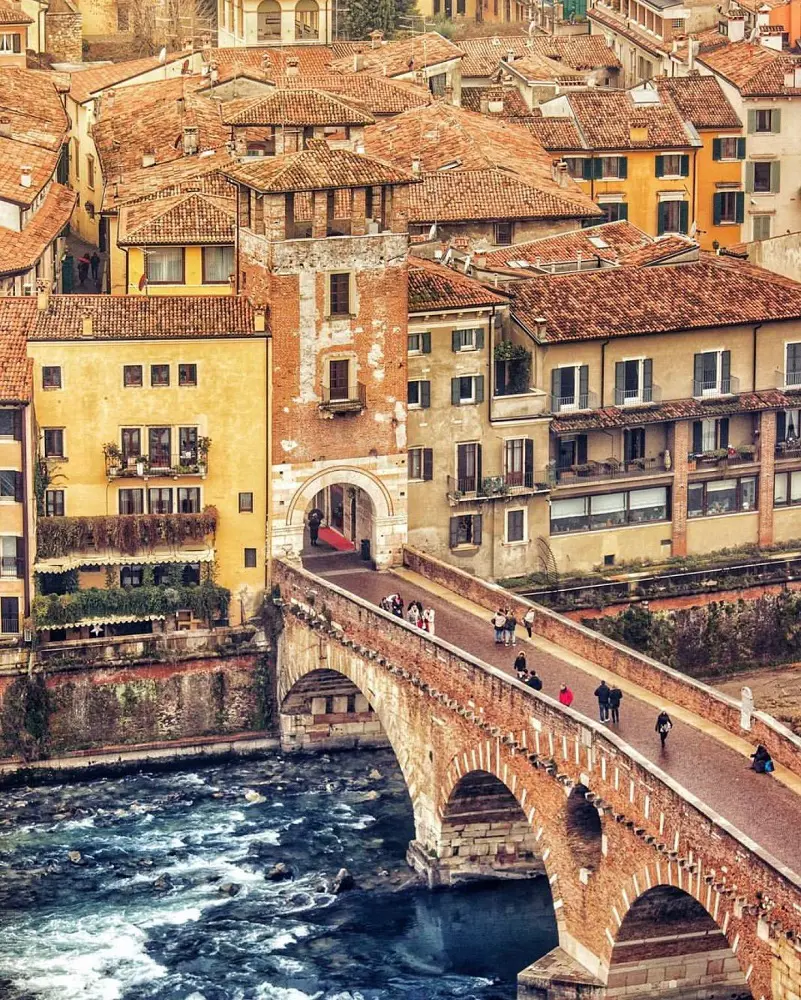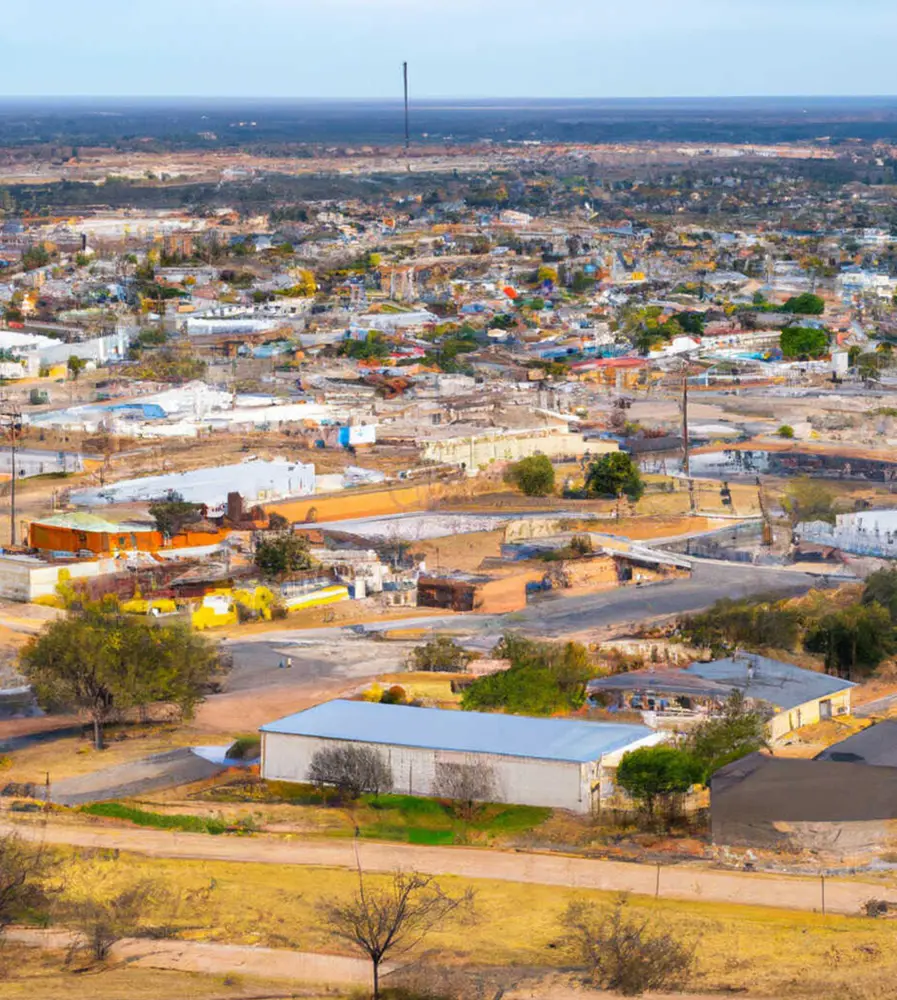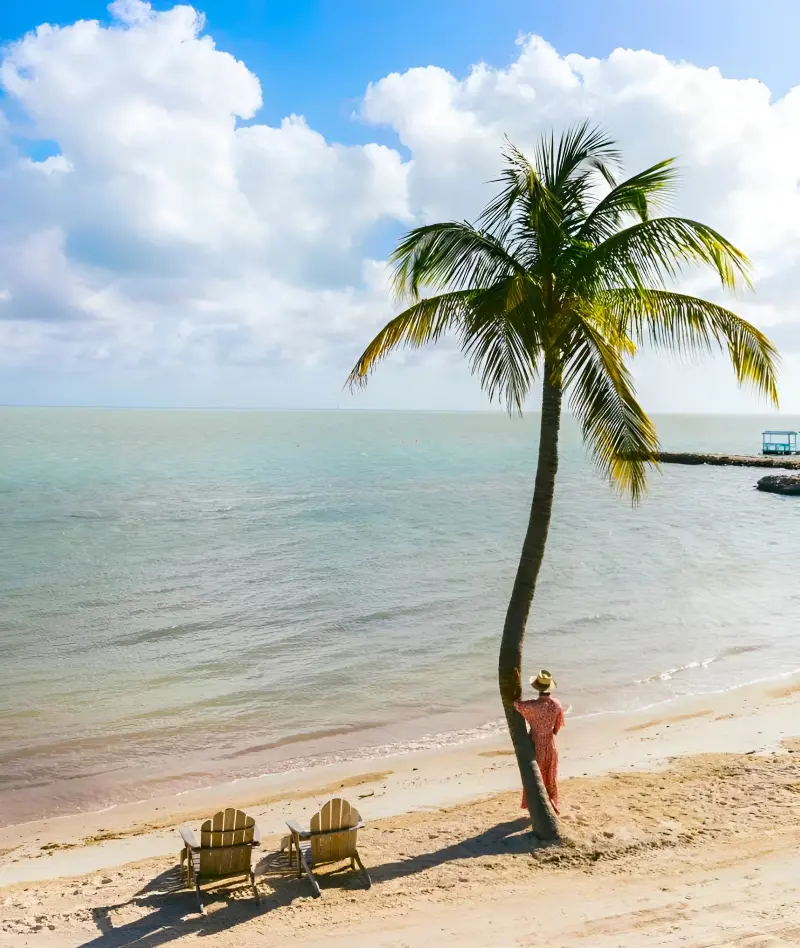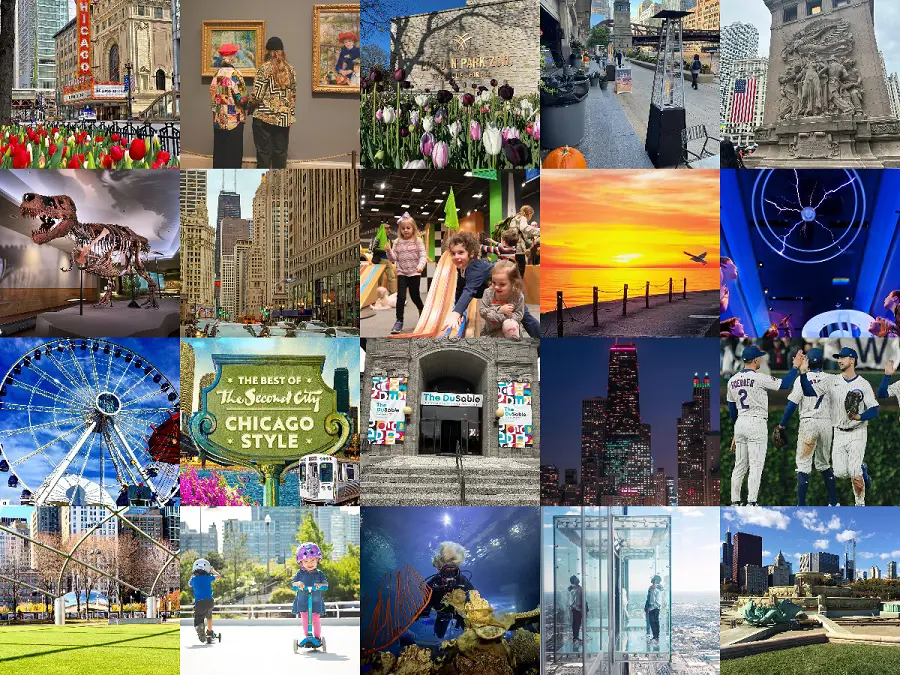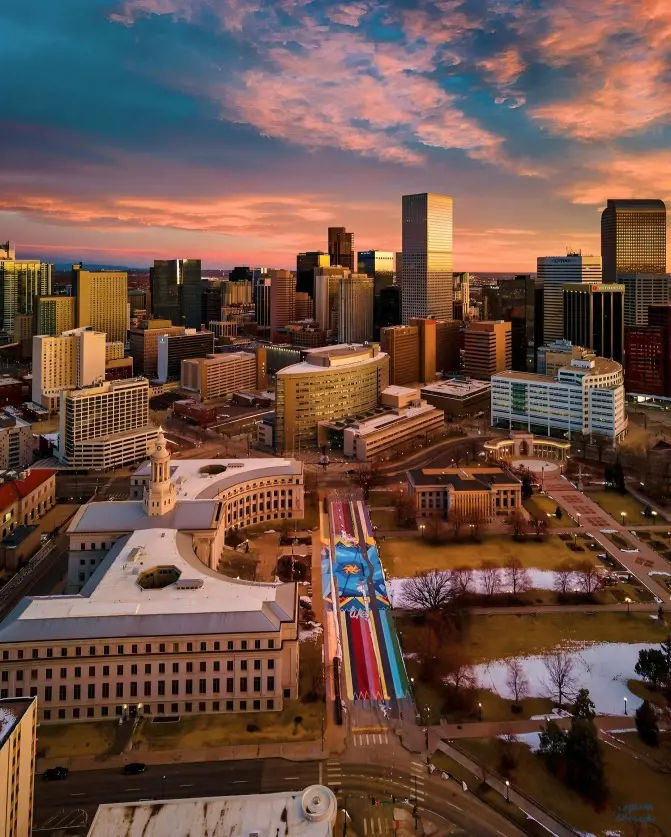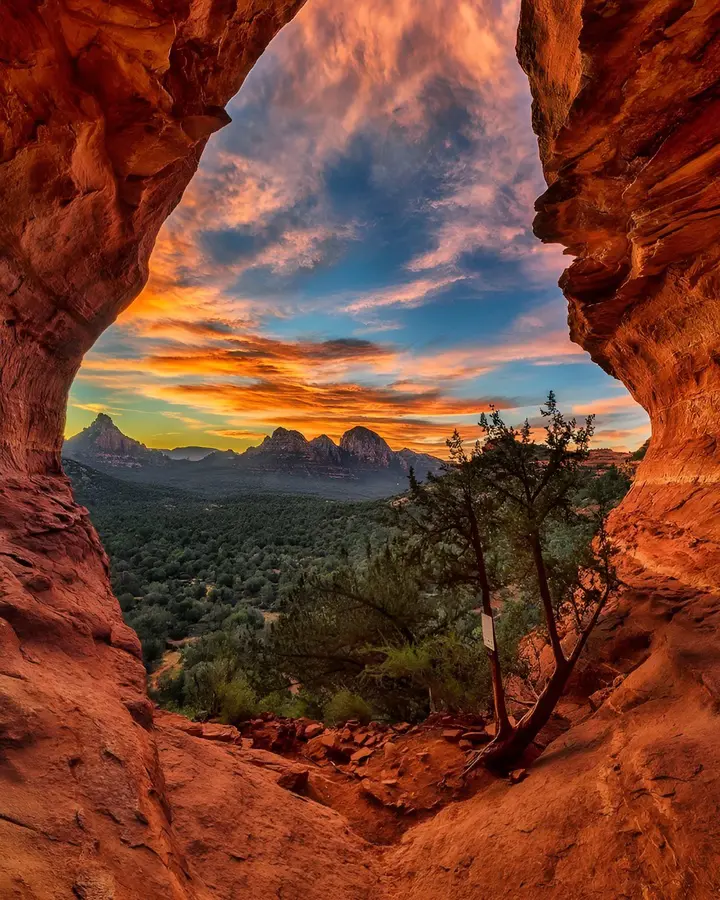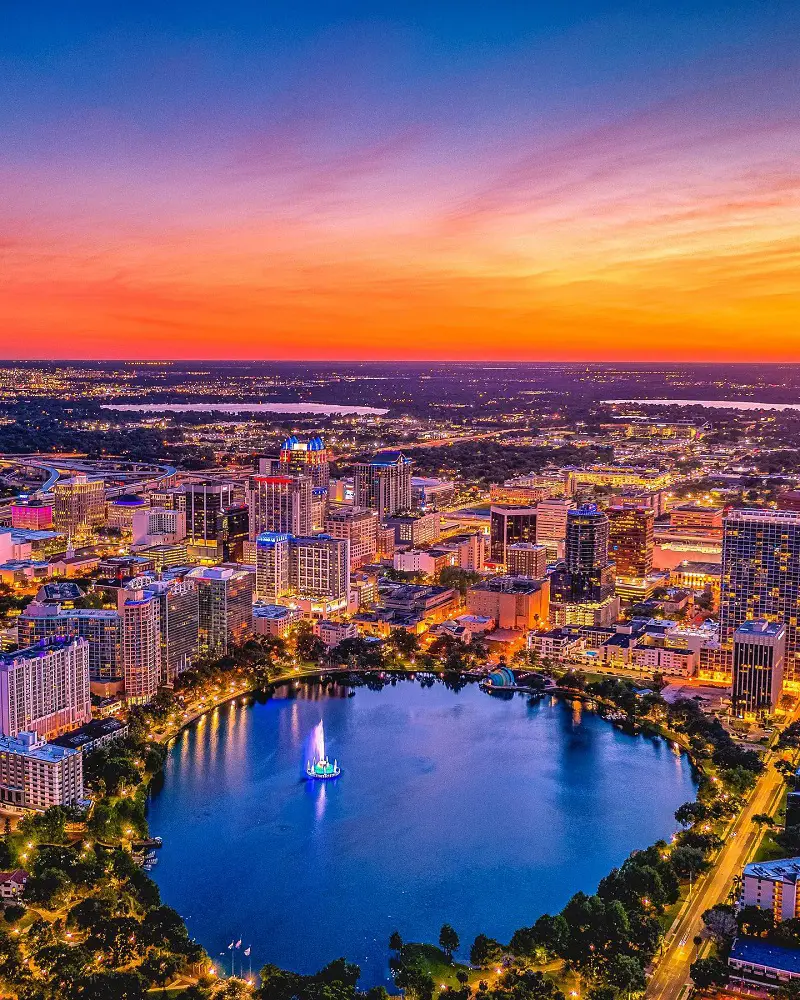Verona is located in the Veneto region, the northern part of the country. It's among the prettiest cities in Italy, featuring charm, and definitely a lot more than just a location where many tourists go in pursuit of the hometown of Romeo and Juliet.
Verona may not be as famous as other Italian cities, for instance, Florence or Venice, but don't be misled. It's an underrated Italian destination with history everywhere you look, and the architecture is nothing short of breathtaking. Here we have listed some fascinating things to do in Verona Italy:
1. Stroll Around Old Town
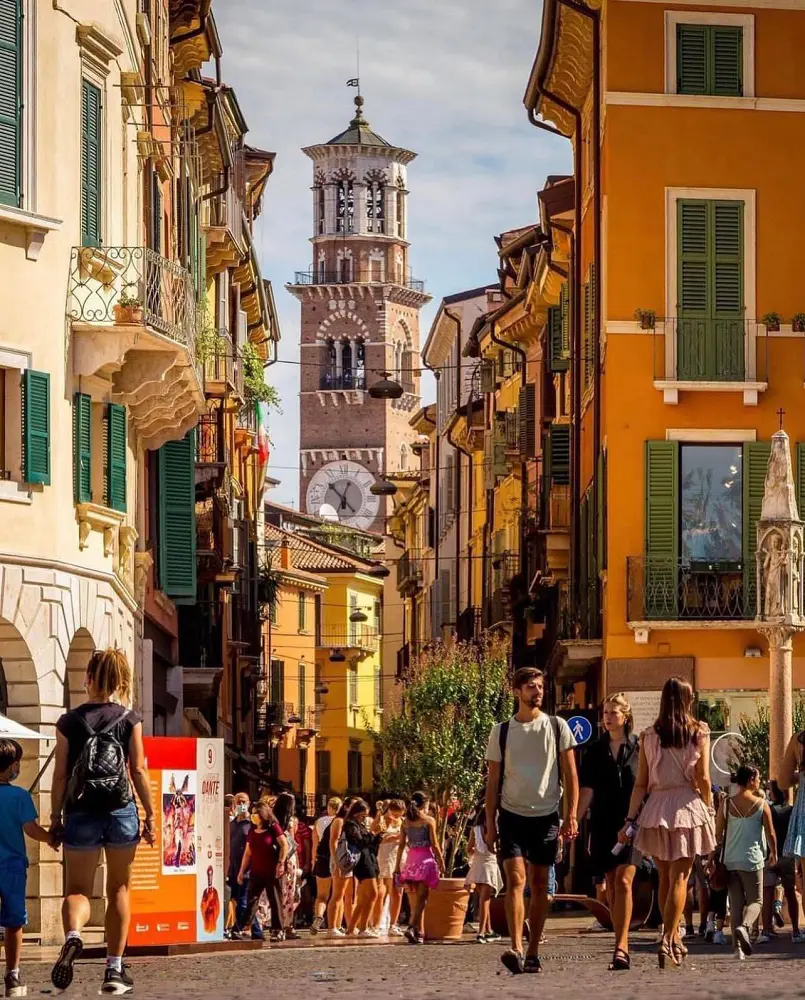
Spend your day or a few hours in Verona at Citta Antica, the city's ancient town. The Adige River encircles this region, which is just north of the train station, on three sides. Known as the old city core, the entire region north of Piazza Bra is breathtaking.
You can't get lost once you enter the ancient town because the river lines much of the region. This is the ideal opportunity to put down your phone and explore the alleyways.
While the old town's major streets will see the greatest activity, the little lanes are teeming with stores, hidden jewels, and well-worth-visiting restaurants and pubs.
2. Visit The Piazze
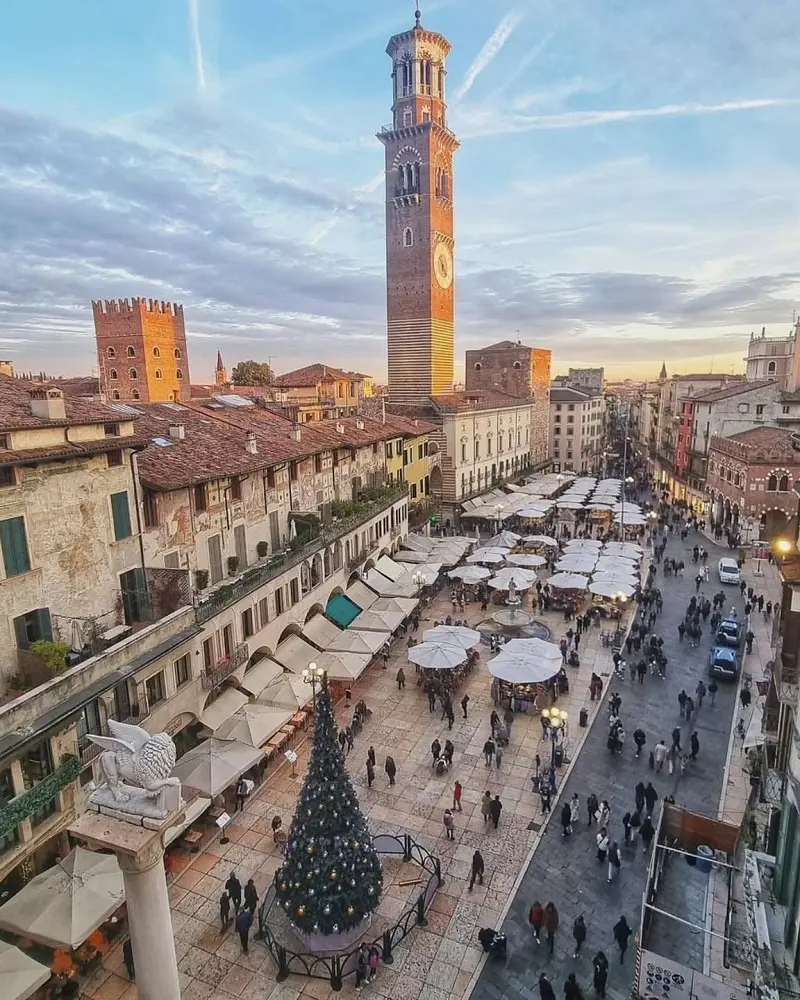
You must take the time to see the many lovely piazze, or plazas, in the old town. Fortunately, most of the streets will take you to a plaza.
Piazzes in Italy are usually home to magnificent churches, a wide range of eateries, cafes, and pubs, as well as excellent people-watching opportunities. Although dining and drinking costs are usually more significant, the view is often worth it, depending on the piazza.
Verona's piazze are particularly active since they host both year-round and Christmas markets.
3. Experience Romance In Juliet's House
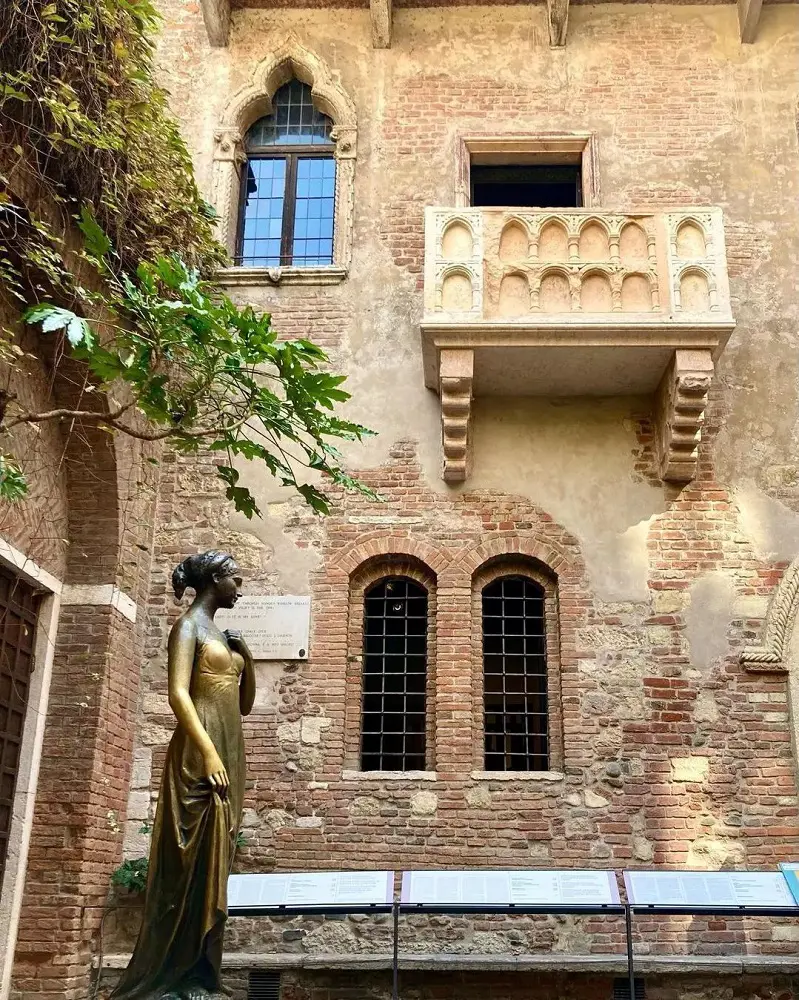
Verona's architecture alone is enough to make you feel romantic, but the actual reason it's known as Italy's city of love is because it's where the real Romeo and Juliet lived.
Shakespeare's Veronese play Romeo and Juliet is claimed to be partially based on two warring families, but that's where the parallels end. In any case, Juliet's home is lovely, with a balcony, courtyard, and bronze statue.
In addition, there is a museum devoted to the play and a location where visitors may leave love letters for "Juliet" to respond to. You have the option to go outside on Juliet's balcony as well. Although the museum is usually packed with visitors, you can get a few minutes of solitude if you're patient.
4. Savor Local Cuisine

The delectable cuisine is among the finest things about living in Italy. The fact that every city and several small villages have their unique specialties makes it even better. Even while there are certain similarities across the nation, the cuisine of Bologna and Verona, for instance, are extremely distinct despite their close proximity.
Therefore, even if pizza and fresh pasta are constantly available, it is advised that you sample the meals that are difficult to get in other regions of Italy while you are here.
Risotto all'Amarone, gnocchi, risino, horse meat (cavallo), etc are some of the local foods that you should consider trying.
5. Step Back In Time At Castelvecchio
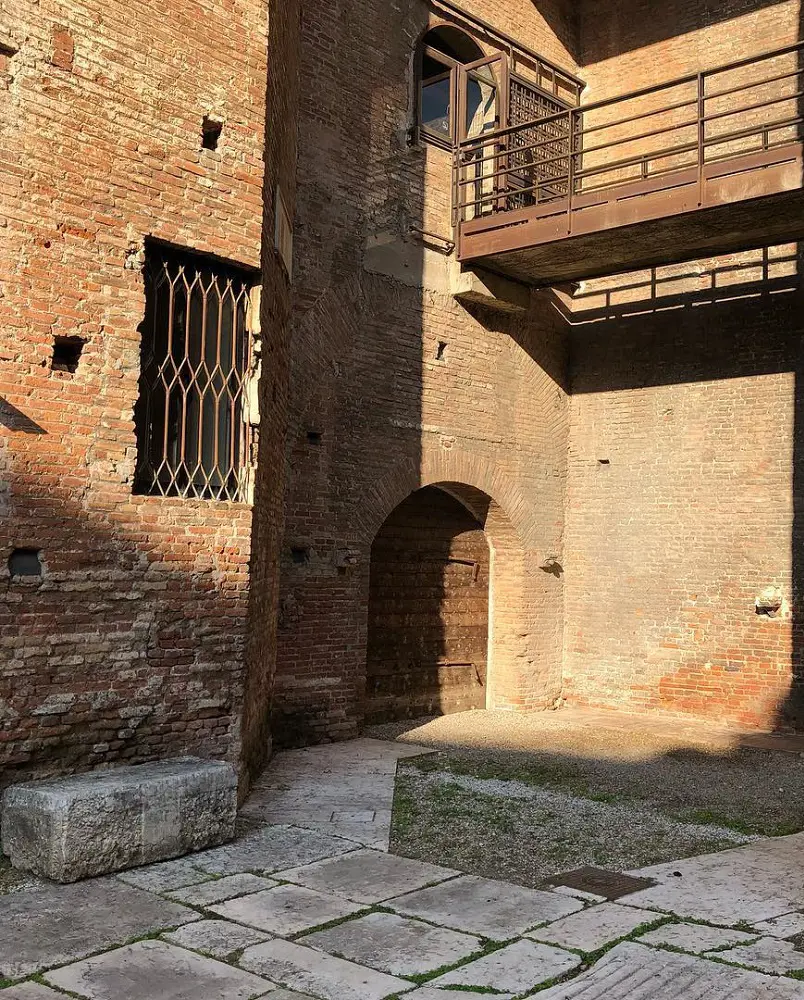
The striking pedestrian bridge and museum are located in Castelvecchio, which translates to "Old Castle." The Scaligero or della Scala family, who formerly ruled Verona, constructed the fortress in the beginning. Even though this family no longer has any descendants in Verona, their impact endures to this day.
It is advised that you at least cross the Castelvecchio Bridge, Ponte Scaligero, if you lack the time or desire to visit the Castelvecchio Museum. Originally constructed on the 13th, this bridge was restored in line with its original design after being damaged during World War II.
It features a magnificent image collection, antique bronze bells, jewelry, armor, weaponry, and art from the Middle Ages and the Renaissance. Carlo Scarpa, the architect who restored it, is also well-known.
6. Enjoy The Views Of Castel San Pietro
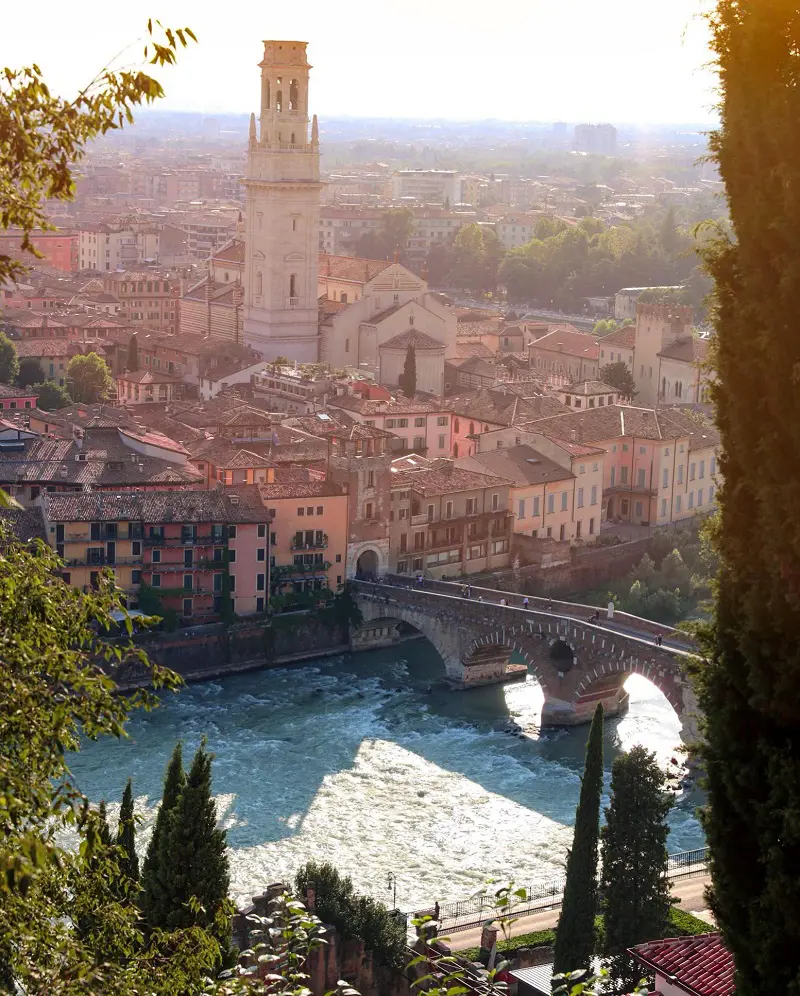
Only on clear days is the short hike up to Castel San Pietro, which offers fantastic panoramic views of Verona, strongly recommended. You may either climb up a few flights of steps or take a quick funicular to the top of Ponte Pietra (Stone Bridge), which is located at the north end of the old town.
The ideal times of day to visit are early in the morning or at dusk; otherwise, the sun will be directly overhead, blocking your view.
Simply enjoy the view from the park at the top, or stop by the restaurant or bar for a bite to eat and take it all in. You may also visit the Roman Archeology Museum, which is connected to the castle, to find out more about Verona's past.
7. Day Trip To Lake Garda
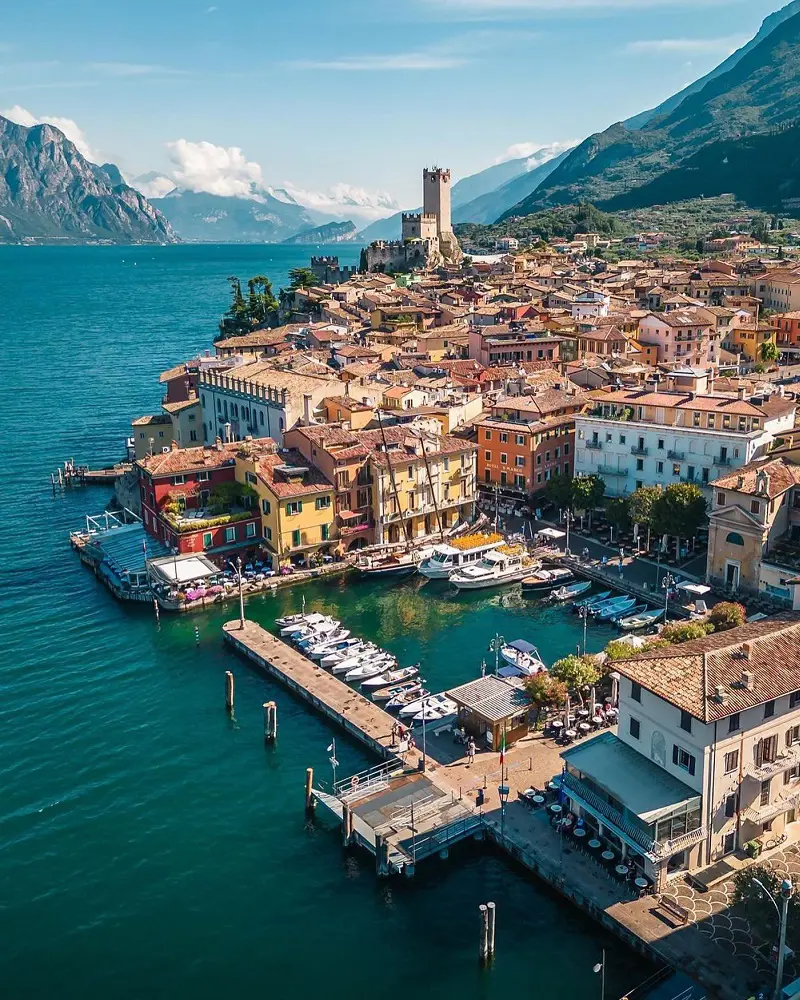
There is more to see and do just outside of Verona's city center, even if there are plenty of things to do there without leaving it. From Verona, there are a number of worthwhile day excursions within an hour.
However, Lake Garda is the ideal day getaway if you're pressed for time. A beautiful highland lake in Italy, Lake Garda is similar to yet distinct from Lake Como.
You may explore some of the little villages along the beaches of Lake Garda; Peschiera del Garda is the nearest. It takes about twelve minutes to get to Peschiera from Porta Nuova rail station. If you want to explore more of the lake, you may take a ferry to another neighboring town or spend the day strolling about this little village.
8. Attend A Concert In The Roman Amphitheater
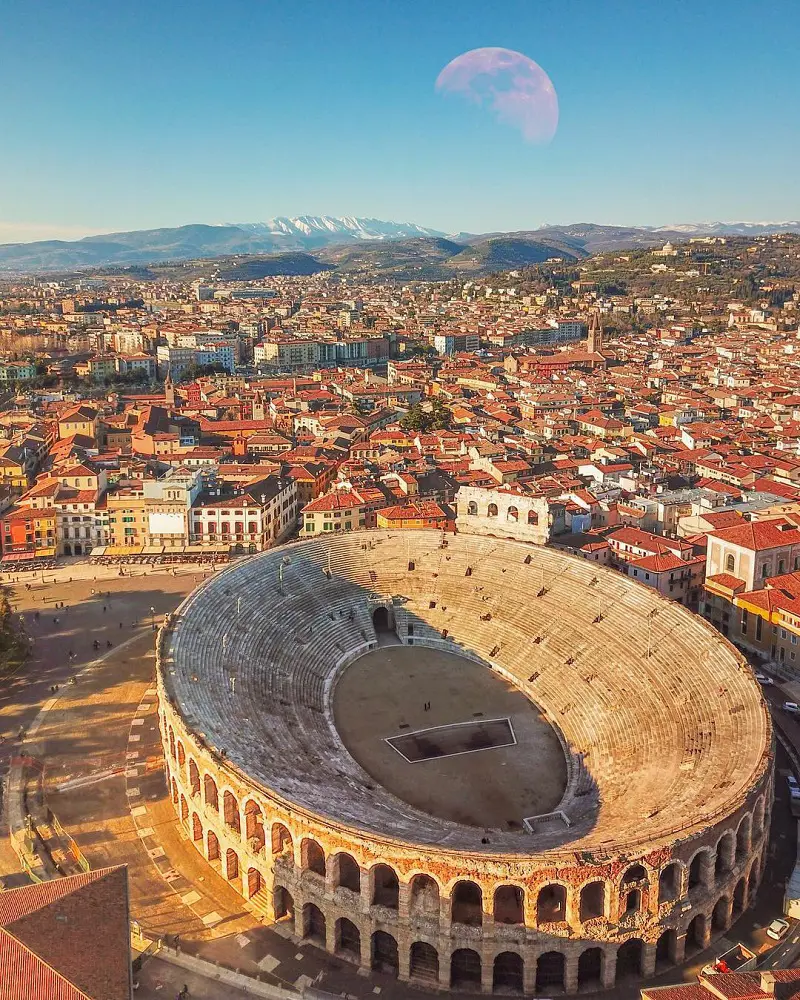
Because of its strategic location in Northern Italy, Verona joined the Roman Empire in 89 B.C. The arena, which is still visible and accessible today, was constructed decades later in 30 A.D. It has now required extensive repairs to its outside walls, yet it remains a proud landmark in Piazza Bra.
The city has opera events there in the summer, but you can visit the exterior of the historic Roman amphitheater any day of the week. Even pop and rock artists have occasionally visited the amphitheater to play.
You can look at the performance calendar and attempt to purchase a show ticket if you're traveling to Verona in the summer. It's not often that a Roman amphitheater will host your next concert, even if opera isn't your thing.
9. Climb The Torre Dei Lamberti
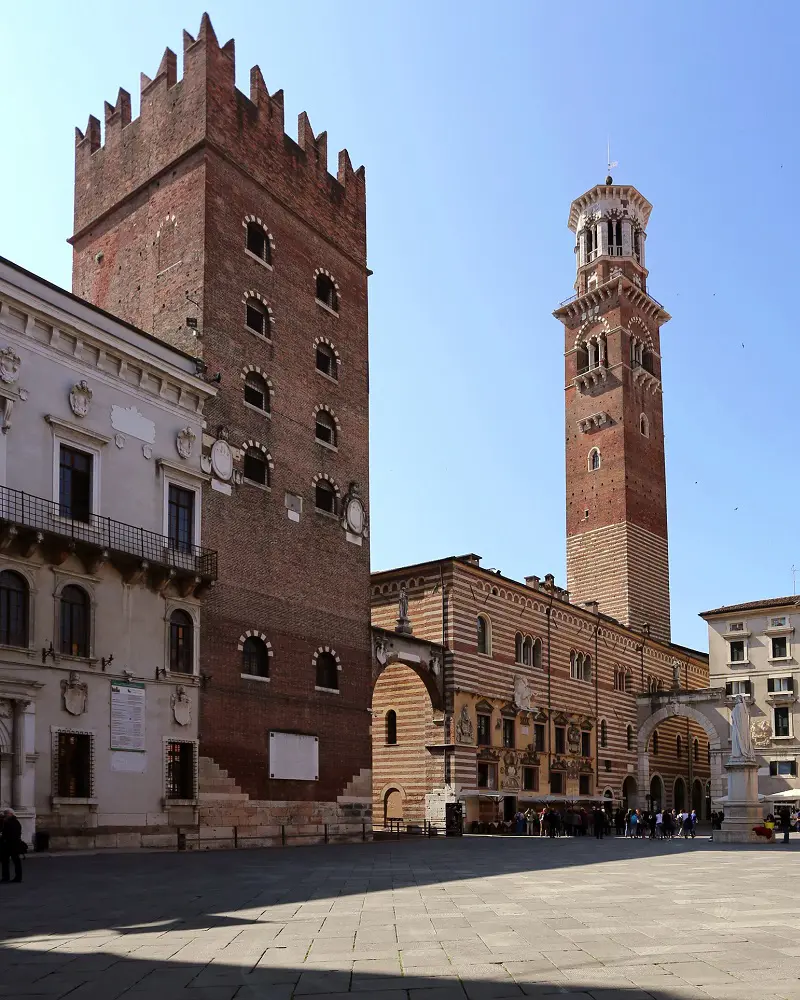
One of the greatest things to do in Verona is to climb the Torre dei Lamberti, which offers breathtaking views of the city. The Lamberti family built it in the 12th century in the Romanesque style.
With a height of 84 meters (275 feet), the tower is the city's highest structure. Either the elevator or the 368 steps will take you to the summit. Because the elevator is transparent, you can view the building's internal architecture as you ascend.
However, if you choose to use the elevator, you will still need to go a few steps to reach the actual top of the tower.
10. Visit The Verona Cathedral
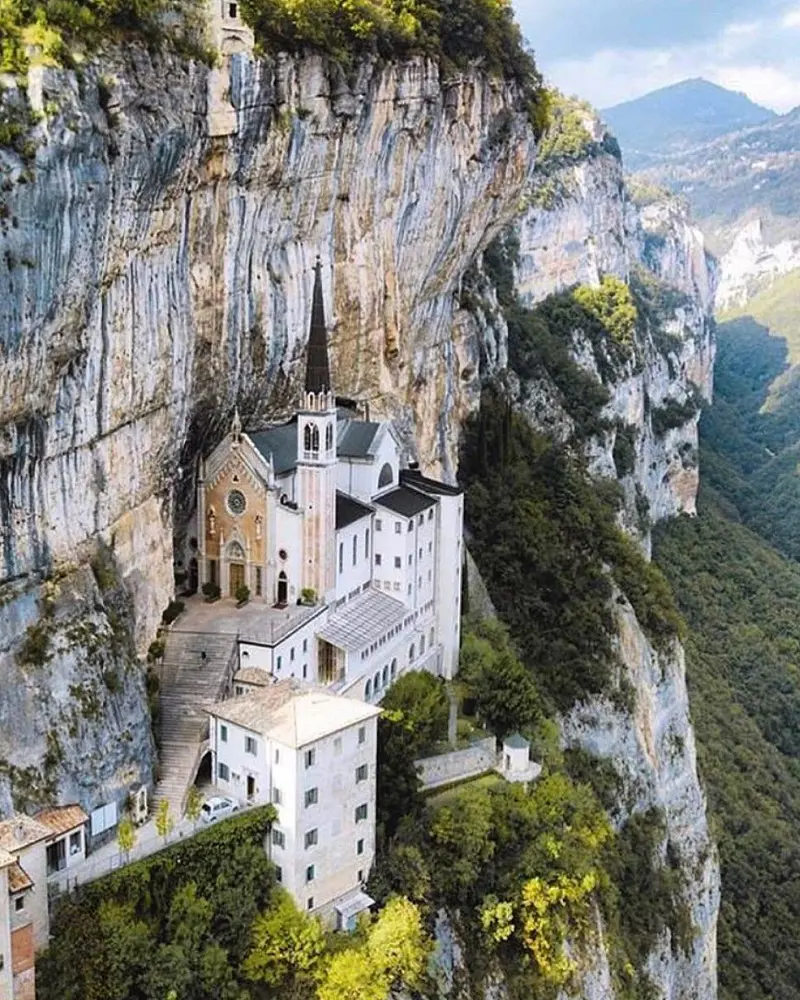
Another must-see while in the city is this magnificent church. A meticulously planned architectural wonder in the city is hidden behind the cathedral's comparatively "simple" exterior.
You could overlook the city's cathedral if you were away from the bustle of Verona's main piazza. Although the facade is lovely, it is still deceptive.
The room appears considerably larger once you're inside than it did from the outside. The magnificently painted cuppola is situated above the altar, which is reached by pink marble columns that ascend the aisle.
11. Check Out The Ponte Pietra
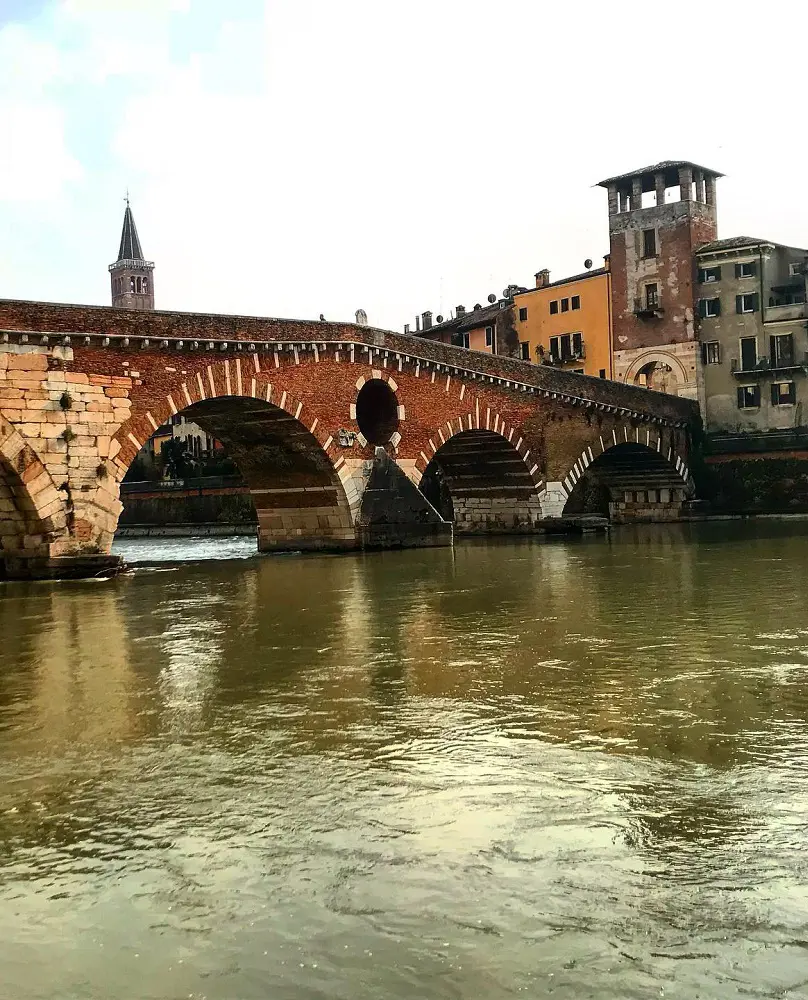
The Ponte Pietra, a Roman stone bridge that spans the Adige River and defines the cityscape, is a true gem and a must-see in Verona. It is among Verona's most significant landmarks.
Since its inception in 100 BC, this arched bridge has undergone several reconstructions after being damaged by floods. It is currently over 120 meters long and has five arches.
One of Verona's top activities is crossing the stunning Ponte Pietra bridge, where one is awed by the breathtaking view. On some days, the townhouses' vibrant colors create a striking contrast to the river's azure blue hue. For a sightseeing break, there are also quaint picnic spots along the riverfront.
12. Take A Look At The Porta Borsari
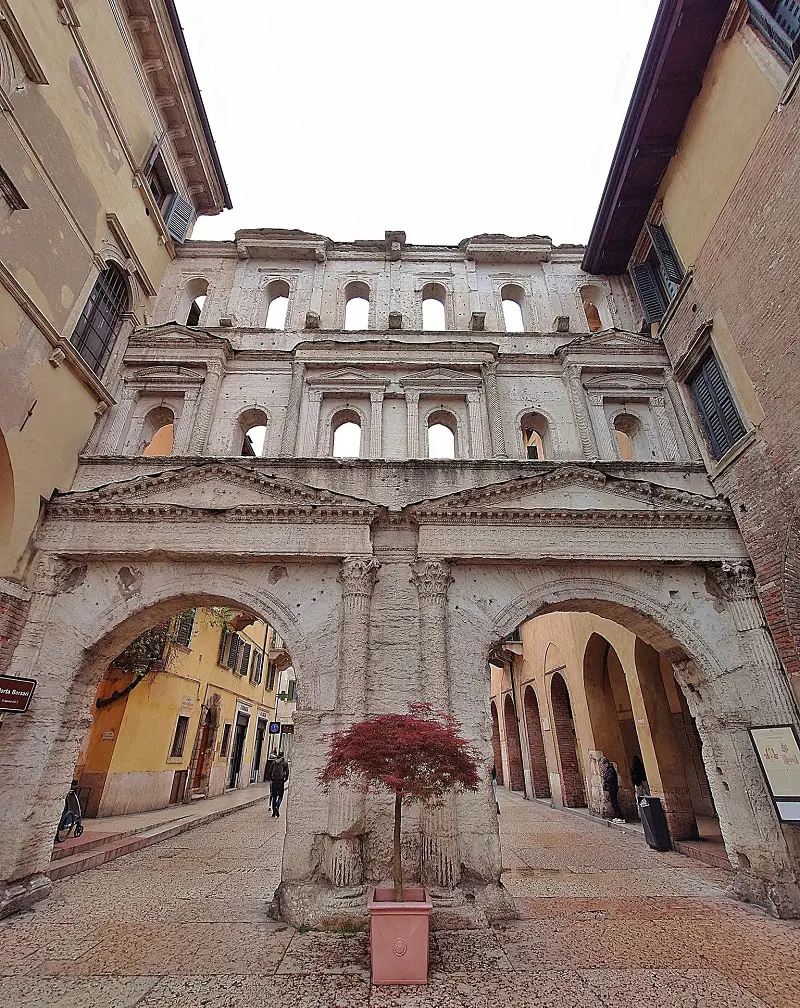
In the core of Verona's historic district sits the Porta Borsari, a Roman city gate. It was once known as Porta Iovia in the first century B.C. Porta Borsari has undergone several renovations throughout the years.
This snow-white gate, which is composed of marble blocks, is in good condition today and adds a special touch to the town's colorful homes.
It should not be missed on any tour of Verona as it is regarded as an outstanding example of Roman architecture in the city. You may stop at the little Italian cafe close to the gate and take in the breathtaking views of Porta Borsari.
13. See The Tomb Of Juliet
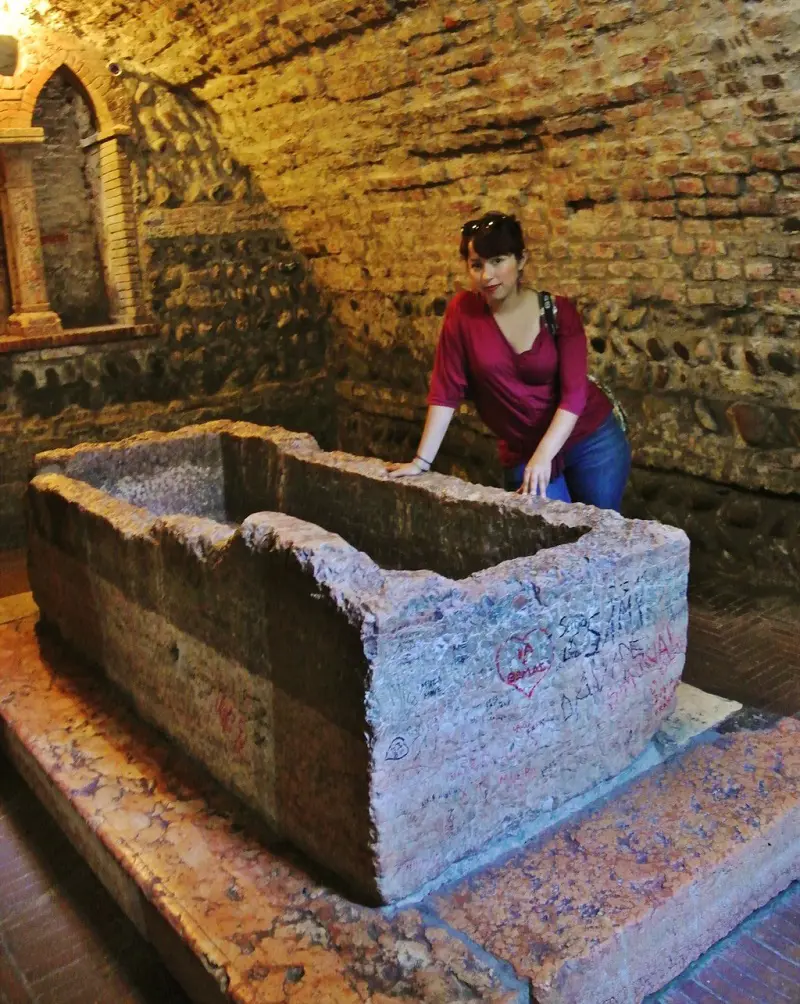
The Tomb of Juliet, or Tomba di Giulietta, is a veritable insider's tip in Verona. It is situated in the 1230-era Franciscan monastery of San Francesco al Corso, a little off the usual tourist routes.
The museum's quaint courtyard and the underground vault, which houses Juliet's tomb, are quite fascinating. You may visit the Museum of Frescoes "Museo degli Affreschi" in addition to the tomb.
Several striking frescoes from the Middle Ages to the 16th century may be seen on the second level.
14. Relax At The Giardino Giusti
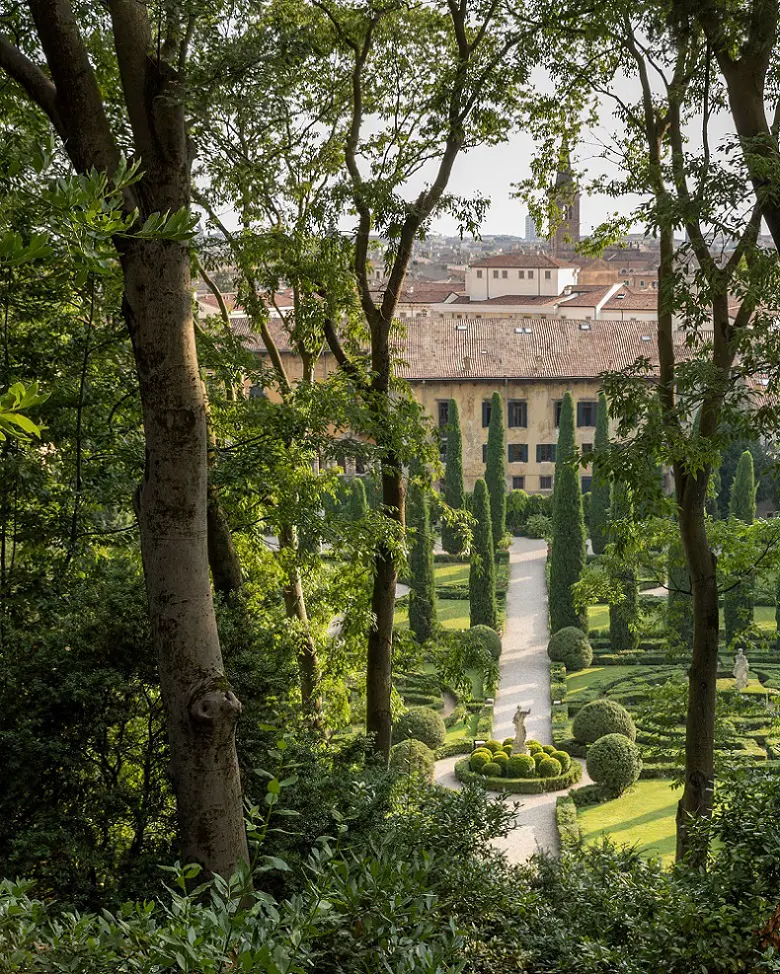
A stunning destination near Verona, the Giardino Giusti is a real haven of tranquility. The end of the 15th century saw the creation of this magnificent Renaissance garden, which is open today for a pleasant stroll.
The Belvedere, a grotto, a number of statues, fountains, and sculptures, as well as an old cypress avenue and many plant varieties, will astound you in various places. The Medici gardens have many characteristics.
Although this park is somewhat of a hidden treasure in Verona, if you have the time to venture outside of the city's major attractions, it's well worth a visit. The entry fee to Giardino Giusti is not covered by the city pass and is unusually expensive for such a small park.
15. Check Out The Teatro Romano Ruins
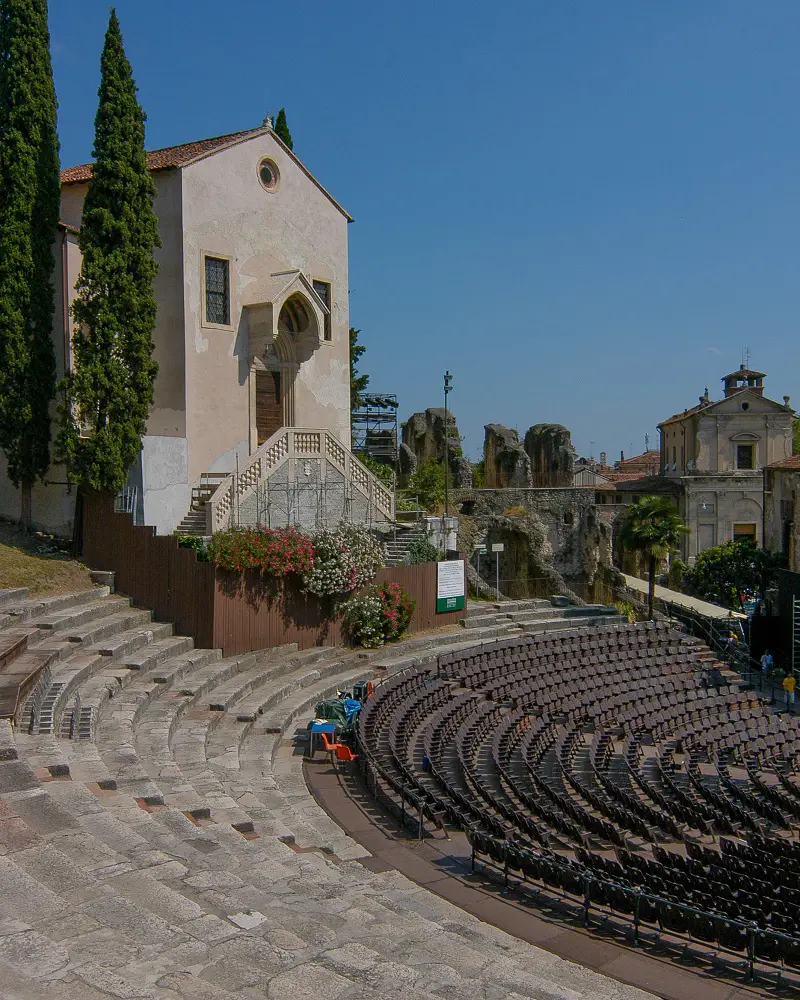
Make sure you have enough time to visit the surrounding Roman Theatre ruins when you go up to Castel San Pietro. This 2,000-year-old theater, which should not be mistaken with the Verona Arena, is stunning and in very good condition for its antiquity.
Also, because the Theatre Romano is located across the river from the majority of Verona's main attractions and is not as popular as the more well-known Verona Arena, it is typically considerably less crowded and has equally beautiful vistas.
Along with the theater, you may explore the museum, which is filled with relics from Veronese and Roman history, such as sculptures and mosaics.
16. Explore Piazza Delle Erbe
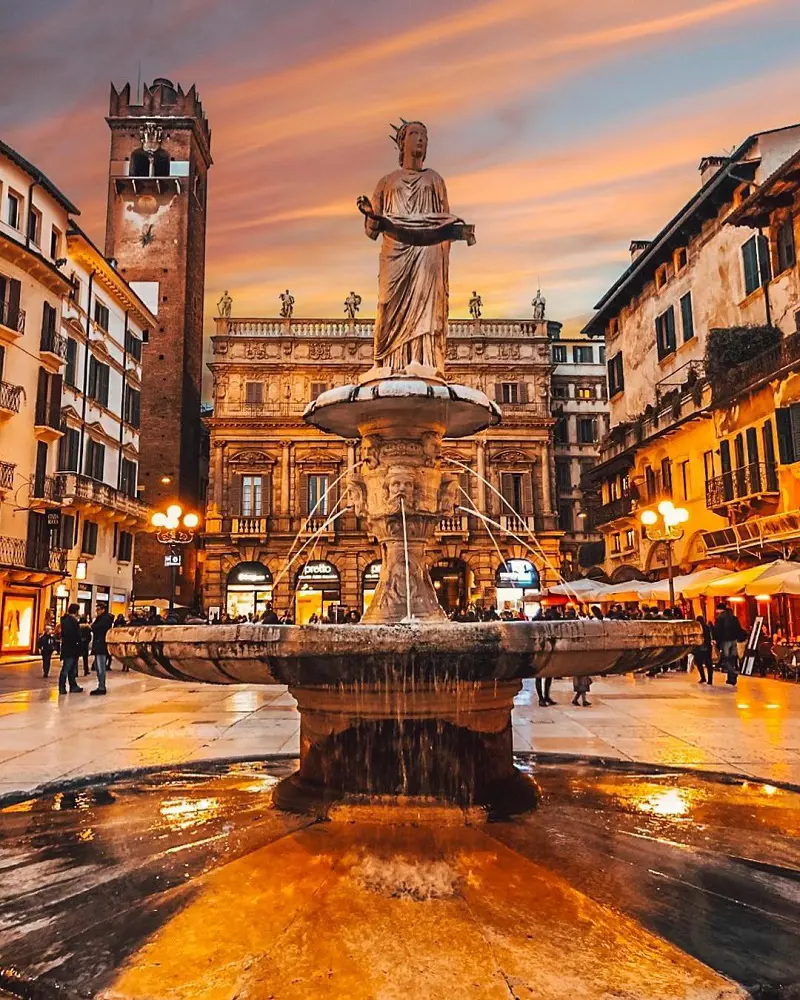
Although Piazza Bra is Verona's largest plaza, Piazza delle Erbe is maybe as famous. Piazza delle Erbe, often called Market Square, is usually always a hive of activity and is frequently crowded with market booths offering anything from fruit to tourist souvenirs.
Make sure to spend some time sitting in the shade and taking in the cityscape in Plaza delle Erbe, whether you visit during a busy market or during a slower time when the booths are closed and the expansive plaza area spreads out in front of you.
If the weather permits, it's also an excellent spot for dining at an outdoor cafe, shopping, and people-watching.
17. Wander The Streets Of Centro Storico
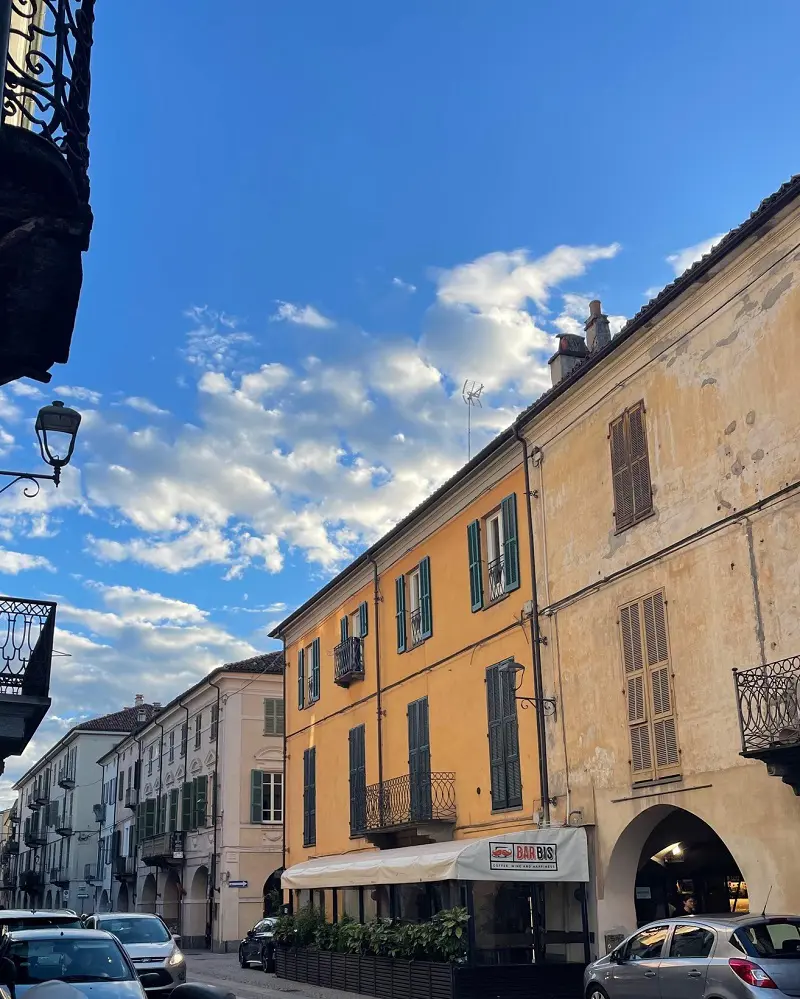
The historical center contains the majority of Verona's best views. This is in itself a view, the Centro Storico welcomes with colorful houses, exquisite stores, stunning shutters, and the winding cobblestone walkways that unite them all.
Here, many of the city's major attractions are located, such as Juliette's mansion, the huge piazzas, and many churches. It's a great place to walk around the city and take a ton of pictures. Explore Verona, have lunch in an outdoor cafe, and stroll the side streets.
18. Learn Some History At - Piazza Dei Signori
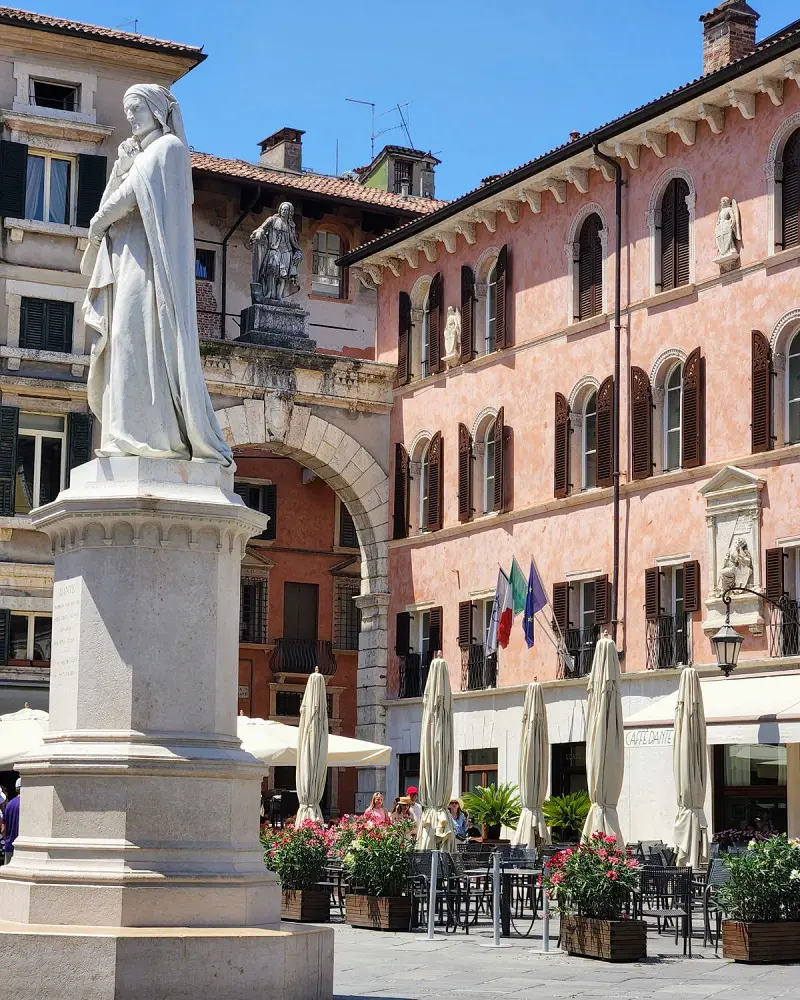
One of Verona's less famous piazzas, Piazza dei Signori, is mostly visited by tourists during the city's yearly Christmas and Easter fairs. It's a pretty town square, though.
The Piazza dei Signori is only a few steps from the busy Piazza delle Erbe. Piazza dei Signori is so much more laid back than its neighbor, thus it is a great place to relax and have a meal or drink while observing the beautiful architecture of Verona in a much calmer environment.
The statue of Dante in the middle of the square is worth a look.
19. Go See The Arco Dei Gavi

This arch has a lengthy and active history that dates back to the time of the Romans. Originally, it was the gateway to the Via Postumia, which connected Verona and Rome.
In the Middle Ages, when Verona was a walled city, the Arco dei Gavi served as a portal to the city.
The arch was eventually transported to the Arena until it was reconstructed in 1932. Today, it is visible close to Castelvecchio and was constructed using the same stones as the original.
20. Take A Look At Arche Scaligere
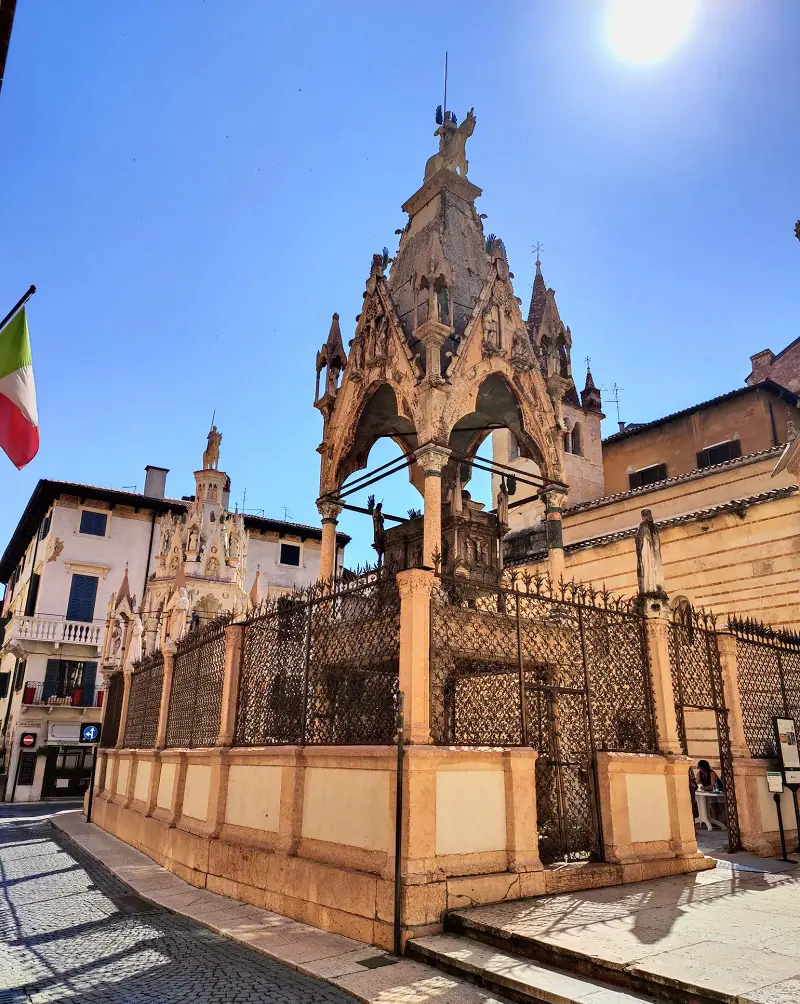
Another famous site in the heart of Verona is the Scaligeri Tombs, also known as the Arche Scaligere. The five Gothic funeral monuments honoring the Della Scala family are situated close to the Church of Saint Mary 'Antica' and directly across from the Piazza dei Signori square. Every tomb honors a distinct Veronese lord.
Numerous monuments honoring the family, sometimes known as the Scaligeri or Scaliger, who controlled Verona in the 13th and 14th centuries, can be seen all across the city.
21. See The GAM Achille Forti Modern Art Gallery
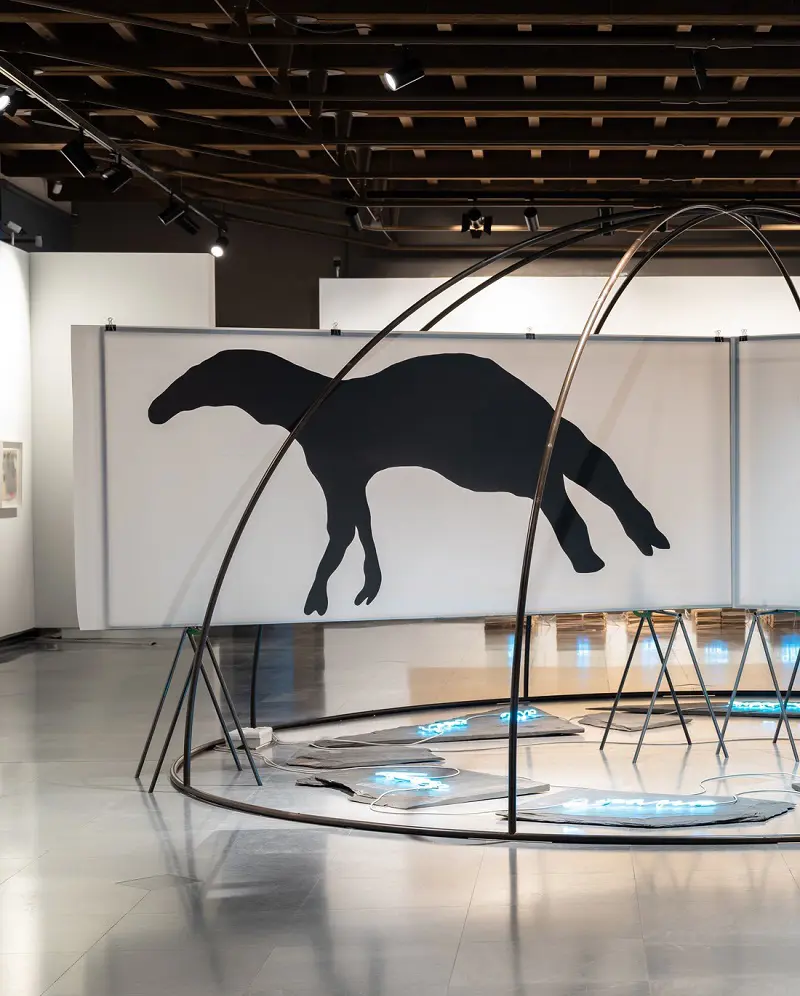
Realism, surrealism, expressionism, and other forms of art are among the 1,600 items in this museum's collection, which is devoted to modern Italian art and spans the early 19th century to the present.
There are pieces by well-known Veronese artists like Renato Birolli in addition to many others from other parts of Italy, such as Filippo de Pisis and Arturo Tosi. This exhibit is a fantastic way to spend time in Verona since it uses art to eloquently illustrate the city's history.
